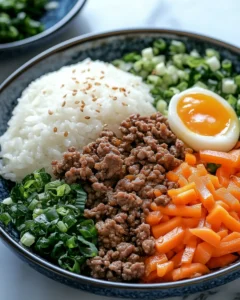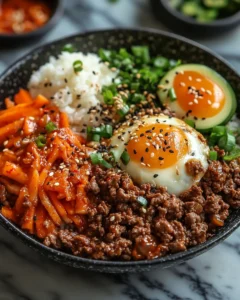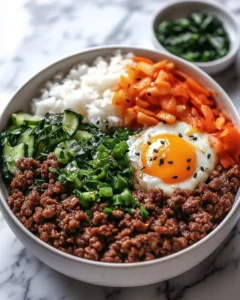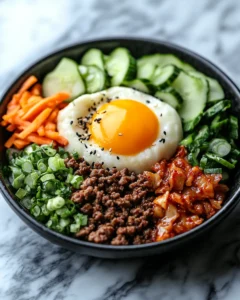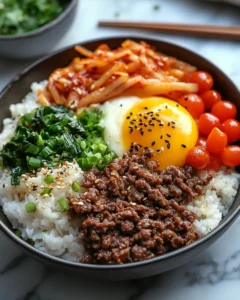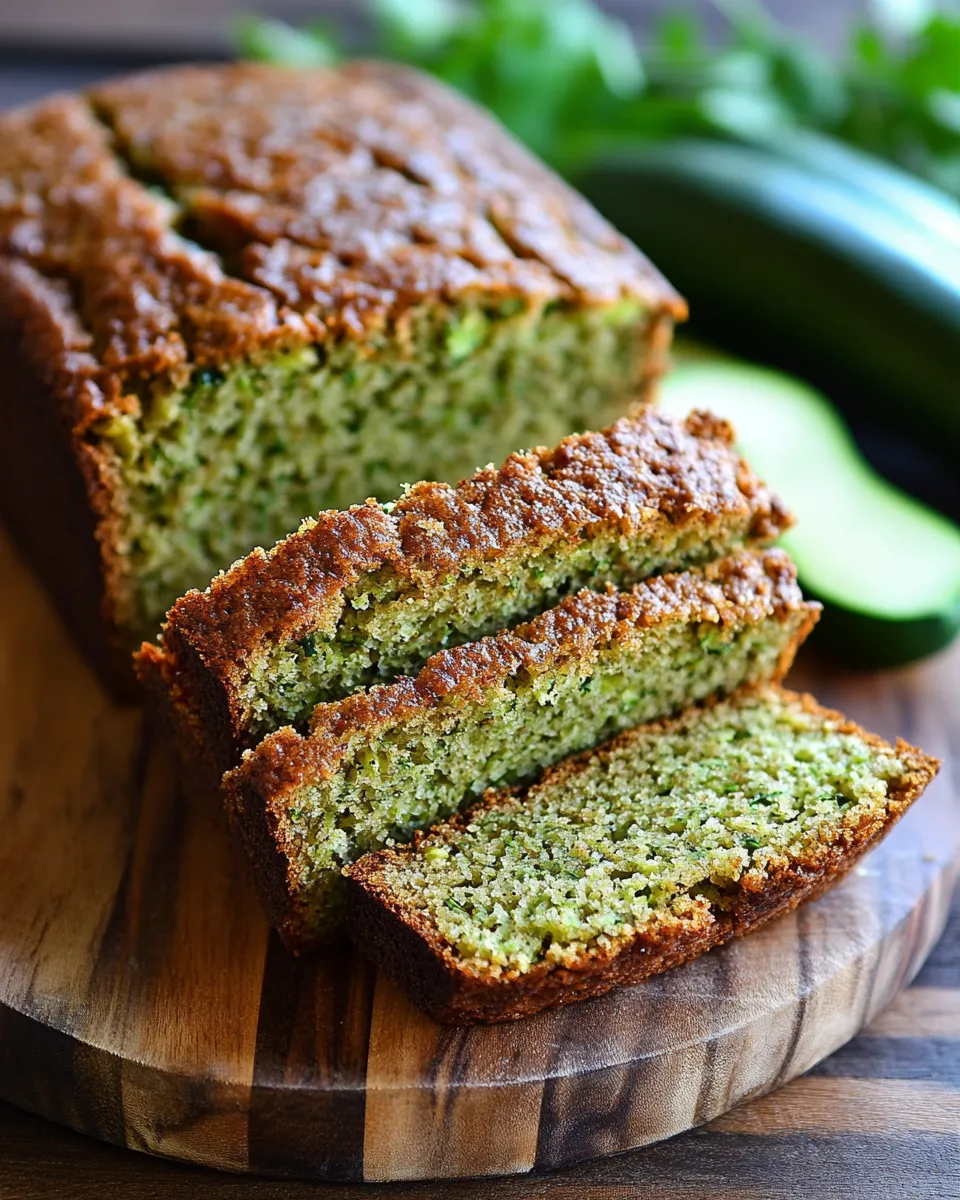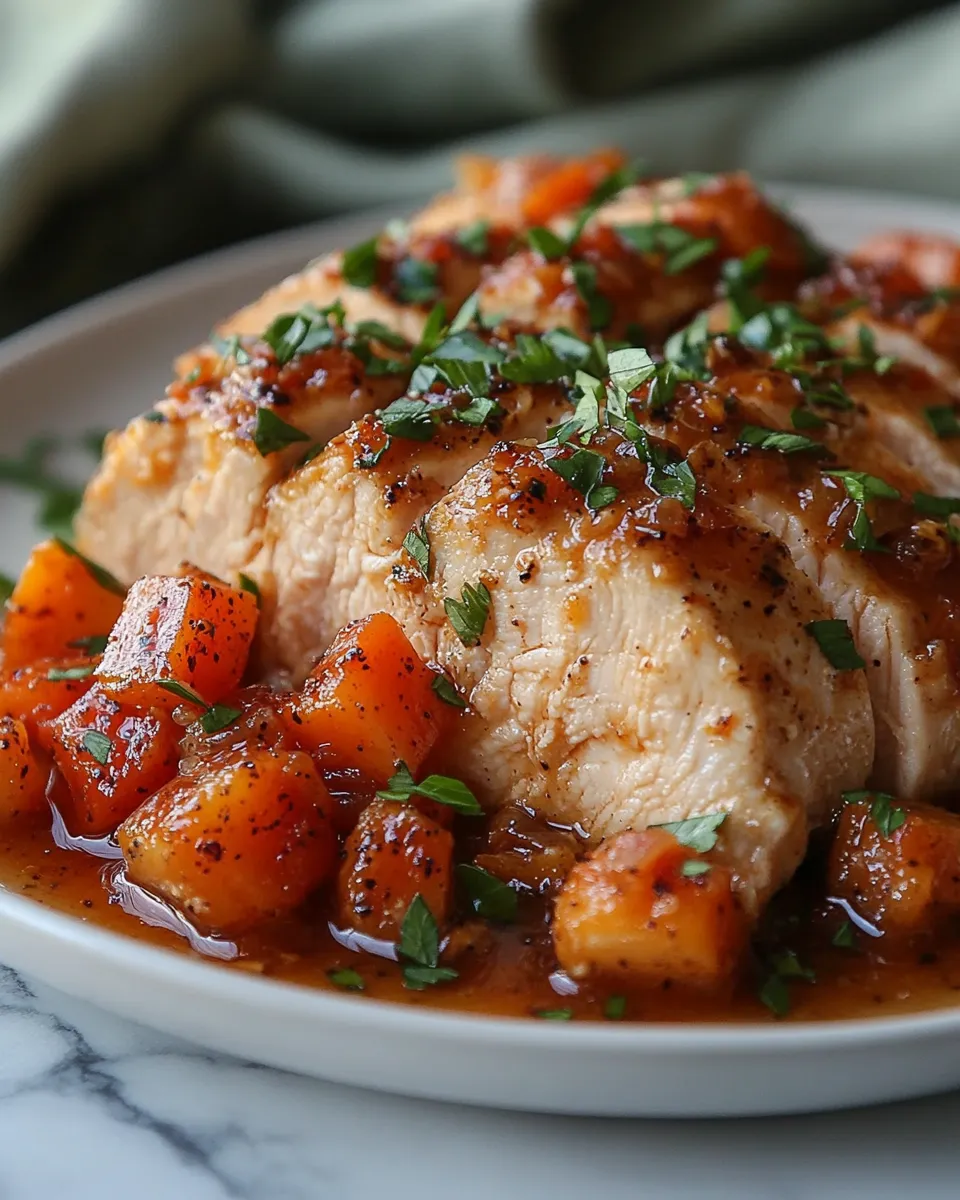When you’re craving something savory, satisfying, and ready in under 30 minutes, this Korean Ground Beef Bowl is the perfect answer. Ideal for a cozy weeknight dinner, a weekend lunch, or meal prep for busy weekdays, this dish brings together bold Korean flavors and everyday pantry staples to create something truly comforting. Inspired by the classic Korean dish “bulgogi,” but with a time-saving twist using ground beef, it delivers all the umami richness without the hours of marinating or complex steps.
Growing up, I always looked forward to Korean takeout nights—spicy gochujang, sticky rice, and savory-sweet bulgogi beef. As life got busier, I searched for shortcuts to bring those nostalgic flavors into my weeknight routine. That’s how this recipe was born. It’s a simplified version that still celebrates the essence of Korean cuisine, making it accessible to everyone. Whether you’re new to Korean food or already a fan, this dish is sure to become a staple in your home.
Why You’ll Love This Korean Ground Beef Bowl
There are dozens of quick dinner recipes out there, but this one stands out for a few key reasons:
-
Quick and Easy: Ready in 25 minutes or less.
-
Budget-Friendly: Uses ground beef instead of pricier cuts like ribeye.
-
Flavor-Packed: The sweet, salty, garlicky sauce clings to every bit of beef.
-
Versatile: Pairs well with rice, noodles, or even lettuce wraps.
-
Great for Meal Prep: Stores and reheats well for make-ahead meals.
Whether you’re feeding picky eaters or adventurous foodies, this dish hits all the right notes.
Ingredients You’ll Need
Here’s everything you need to whip up this easy and flavorful bowl:
For the Ground Beef
-
1 lb (450g) lean ground beef
-
1 tablespoon sesame oil
-
3 cloves garlic, minced
-
1-inch piece fresh ginger, grated (or 1 tsp ground ginger)
-
1/4 teaspoon red pepper flakes (optional for heat)
For the Sauce
-
1/4 cup low-sodium soy sauce
-
2 tablespoons brown sugar (light or dark)
-
1 tablespoon rice vinegar
-
1 tablespoon gochujang (Korean chili paste) or ketchup for a milder option
-
1 teaspoon cornstarch (to slightly thicken the sauce, optional)
For Serving
-
2 cups cooked white or brown rice
-
1 cup shredded carrots
-
1 cup thinly sliced cucumber
-
2 green onions, sliced
-
1 tablespoon toasted sesame seeds
-
Fried egg (optional, but recommended)
How to Make Korean Ground Beef Bowls
Bringing together bold Korean flavors with the simplicity of weeknight cooking, these Korean Ground Beef Bowls come together in just five simple steps. Let’s break it down for foolproof success every time.
Step 1: Cook the Rice
Start with a good base by cooking your rice. Whether you prefer jasmine, basmati, or classic short-grain white rice, follow the package directions for best results. A rice cooker or Instant Pot can simplify this step, especially if you’re preparing other components simultaneously. For extra flavor, consider cooking the rice in low-sodium chicken broth instead of water. You can also make the rice ahead of time and reheat it before serving. Leftover rice works wonderfully for bowls and helps save time on busy nights.
Step 2: Brown the Beef
Heat a large skillet or nonstick pan over medium-high heat. Add 1 tablespoon of sesame oil and allow it to warm up for about 30 seconds. Then, add the ground beef, breaking it apart with a wooden spoon or spatula as it cooks. Stir frequently to ensure even browning. This process typically takes 5 to 7 minutes, depending on your stove and pan. Once the meat is browned and fully cooked through, drain any excess grease from the pan to prevent the dish from becoming too oily.
Step 3: Add Aromatics
With the beef still in the pan, stir in the freshly minced garlic, grated ginger, and red pepper flakes (if using). These ingredients create the foundation of flavor in Korean cooking. Cook for about one minute, just until the aromatics are fragrant. Be careful not to burn the garlic—keep stirring as it cooks to ensure it melds evenly with the beef.
Step 4: Make the Sauce
In a small bowl, whisk together the soy sauce, brown sugar, rice vinegar, gochujang, and cornstarch until smooth. Pour this sauce directly into the skillet with the beef. Stir to coat every piece evenly, letting the sauce bubble and thicken slightly—this should take about 2 to 3 minutes. The result is a glossy, flavorful coating that clings beautifully to the meat.
Step 5: Assemble Your Bowl
Scoop a generous portion of rice into each bowl, then top it with the saucy Korean beef. Add your favorite toppings: shredded carrots, crisp cucumber slices, chopped green onions, and a sprinkle of toasted sesame seeds. For an extra indulgent touch, crown each bowl with a perfectly fried egg.
Tips for the Best Korean Ground Beef Bowl
-
Use Fresh Ginger and Garlic: The aromatics are key to developing deep flavor. Fresh is always best, but pre-minced or powdered can work in a pinch.
-
Balance the Sweetness: Korean beef dishes often lean sweet. Feel free to reduce the sugar slightly if you prefer it more savory.
-
Add Veggies: Don’t be afraid to toss in sautéed spinach, steamed broccoli, or snap peas for added nutrients and color.
-
Double the Recipe: This dish freezes well, so consider making a double batch for future meals.
-
Spice it Up: Like it hotter? Add more gochujang or a dash of sriracha before serving.
Variations and Substitutions
Protein Swaps
-
Ground Turkey or Chicken: A leaner alternative that still soaks up the sauce nicely.
-
Tofu or Tempeh: For a vegetarian option, crumble firm tofu or slice tempeh and pan-fry before adding the sauce.
-
Ground Pork: Adds a bit more richness and pairs beautifully with Korean flavors.
Low-Carb Version
Skip the rice and serve your beef bowl over cauliflower rice, shredded cabbage, or in lettuce wraps for a keto-friendly option.
Noodle Bowl Twist
Serve the beef over udon, rice noodles, or soba for a comforting noodle version of the dish.
Storage and Meal Prep Tips
This Korean Ground Beef Bowl is perfect for meal prepping because it stores and reheats well without losing flavor or texture.
-
Fridge: Store the beef and rice separately in airtight containers for up to 4 days.
-
Freezer: Freeze the cooked beef for up to 2 months. Defrost overnight in the fridge and reheat in the microwave or stovetop.
-
Reheating: Add a splash of water or broth when reheating to loosen up the sauce and keep the beef juicy.
What to Serve with Korean Ground Beef Bowls
While Korean Ground Beef Bowls are satisfying and flavorful on their own, adding a few carefully chosen sides can transform the meal into a more complete, restaurant-worthy dining experience. Whether you’re preparing a casual weeknight dinner or a more elaborate spread for guests, these side dish ideas will perfectly complement the bold, savory flavors of the beef.
Kimchi
Kimchi is perhaps the most iconic Korean side dish and an excellent pairing with this bowl. Made from fermented cabbage and spices, it adds a tangy, spicy contrast that cuts through the richness of the beef. The natural probiotics in kimchi also support digestion, making it both delicious and beneficial. Serve it chilled or at room temperature for a refreshing contrast.
Miso Soup
A small bowl of miso soup on the side offers warmth and subtle flavor that balances the intensity of the beef bowl. Though Japanese in origin, miso soup is mild, brothy, and comforting—making it a gentle, satisfying complement to the meal. You can easily make it at home using miso paste, tofu, scallions, and seaweed, or buy ready-made versions at the store.
Pickled Radishes or Daikon
For a crisp, clean bite, pickled radishes or daikon are a fantastic option. Their sharp acidity and crunch offer a refreshing contrast to the savory and slightly sweet beef. You can find Korean-style pickled radishes at Asian grocery stores or make your own with rice vinegar, sugar, and salt.
Seaweed Salad
Seaweed salad brings a hit of umami and a slightly sweet sesame flavor that pairs beautifully with the dish. It’s light, flavorful, and adds vibrant color and texture to your meal. Look for it pre-made or toss your own with wakame seaweed, sesame oil, and rice vinegar.
With these sides, your Korean Ground Beef Bowl experience becomes even more balanced, colorful, and delicious.
Frequently Asked Questions
Can I make this dish gluten-free?
Yes, this Korean Ground Beef Bowl can easily be made gluten-free with a few simple swaps. Use a certified gluten-free soy sauce or tamari as a replacement for traditional soy sauce, which typically contains wheat. If you’re including gochujang (Korean chili paste), make sure to check the label, as some brands include wheat-based ingredients. Fortunately, there are gluten-free gochujang options available at most well-stocked grocery stores or Asian markets. If you’re unable to find one, you can substitute with a combination of ketchup and a pinch of chili flakes or sriracha for a similar flavor without the gluten.
Is gochujang spicy?
Gochujang adds a gentle kick rather than intense heat. It has a unique flavor that blends sweet, savory, and spicy notes with a deep umami richness. While some varieties of gochujang can be hotter than others, the spice level is generally mild and manageable for most palates. If you’re sensitive to heat, start with just a teaspoon and adjust to taste. Alternatively, you can swap gochujang with ketchup for a milder version, though the flavor profile will be slightly different—still delicious, just less traditionally Korean.
Can I use pre-cooked or leftover rice?
Absolutely. Using pre-cooked rice is not only acceptable—it’s encouraged when you’re short on time. Store-bought microwaveable rice pouches, leftover takeout rice, or meal-prepped rice from earlier in the week all work beautifully. Just reheat the rice in the microwave or on the stovetop with a splash of water to fluff it up. The beef’s saucy richness pairs well with slightly dry day-old rice, making it a practical and tasty combination.
Can I prepare this dish in advance?
Yes, this dish is great for making ahead. You can cook the beef mixture in advance and store it in the fridge for up to 4 days, or freeze it for up to 2 months. When reheating, simply warm it in a skillet or microwave with a splash of water to keep the texture juicy. It’s an excellent option for weekly meal prep, as the flavors deepen over time.
How can I make it more authentic?
For a more traditional take inspired by Korean bulgogi, try adding 1–2 tablespoons of grated Asian pear or apple to the sauce. This natural sweetener and tenderizer is a classic ingredient in authentic Korean marinades.

